How to teach a dog tricks, by expert trainer Ben Randall
If you want to teach a few party tricks to your pup you'll need to tread carefully, explains Ben Randall.

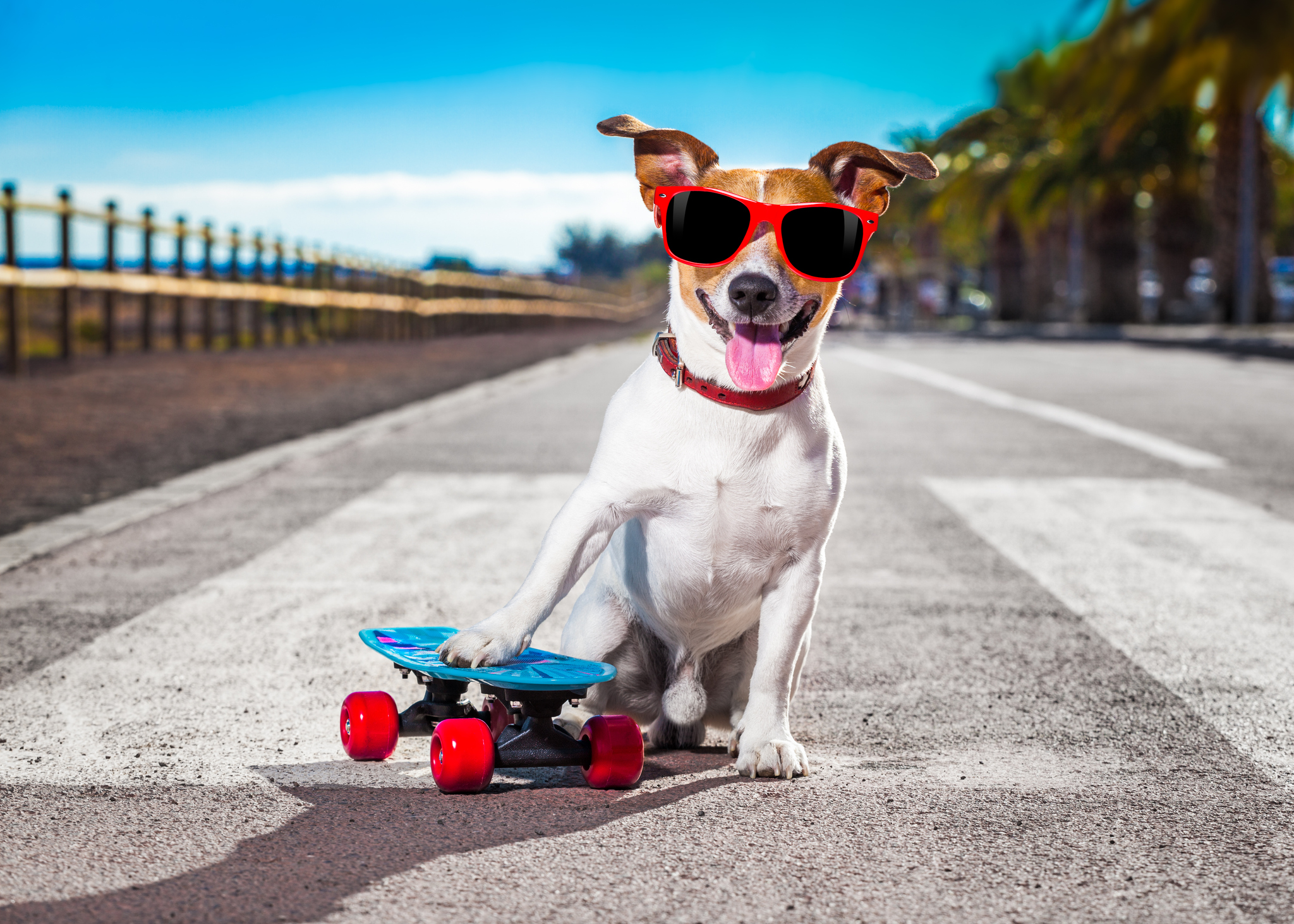
When people come to me with their dogs asking about training, the likelihood is that they have some sort of behaviour wrinkle that they need ironing out. Perhaps they have a dog who won’t stop barking at the door, a puppy who cries at night, or they might want to know how to get a dog to stop pulling on the lead and start walking to heel.
So this week’s ‘problem’ is a little different, in that it really isn’t a problem at all. It comes from KT in Somerset, who emailed paws-for-thought@futurenet.com with this query:
Dear Ben, I’ve got a lovely springer spaniel who is coming up two years old, and thankfully he’s generally pretty well behaved. What I’d love, though, is to teach him a few fun tricks that he could entertain visitors with. Have you got any suggestions?
Straight away, warning signs are flashing for me. Number one is that you must have all the basics of training — as you’ll see in point one, below. Number two is to make sure that you’re always treating your dog with the respect that it’s due as part of your family. While it’s great to do fun things that they enjoy, don’t veer into tacky tricks to be performed on demand for the amusement of others. You wouldn’t do that with children, so don’t do it with your dog.

So with that said, here are a few things to think about when teaching a dog tricks:
1. Don’t even think about tricks until the correct foundations are in place
My view on tricks is pretty simple: don’t even think about starting until you’ve got everything else absolutely nailed down. You need a perfect, well-mannered dog before you start to look at other things.
I once had a dog brought to me for training whose owner could ‘shoot’ it with her fingers, and it would roll over and play dead. She spent hours perfecting this party trick, even going so far as to teach her poor pup to wave its paw in the air with feigned death throes.
Exquisite houses, the beauty of Nature, and how to get the most from your life, straight to your inbox.
I’m not going to lie, it was pretty impressive. But what wasn’t impressive was the fact that the dog wouldn’t do anything else. It wouldn’t sit, stay, walk to heel… nothing apart from this circus trick that had been taught with lumps of cheese.
2. The most impressive tricks can be part of training
What’s more impressive: a dog who knows how to high five, or a dog who can sit calmly and patiently in front of its food until you let them know it’s time to start eating? Or how about a dog who can hear the postman coming up the drive and raise an eyebrow instead of barking at the door? Instilling the basics such as the leave command and walking to heel are astonishing in themselves.
3. Try out memory retrieve games
Taking some of your dog’s favourite toys — perhaps a ball or a chew — and hiding them around the house, or the garden, or out on a walk, and challenge them to track them down. It’s superb fun and great training for your dog that fires up their minds and senses of smell as they try to find what you’ve hidden. And your friends who come to visit will probably be more amazed that you can ask your dog to ‘go and find teddy’ rather than walking a couple of steps on its hind legs.

4. The hardest tricks aren’t the ones you think
Everything can be tricky at the start with a new dog, but use my Beggarbush methods and you’ll soon crack it. I’m sometimes asked, though, what is the single trickiest thing to teach a dog — and the answer is for a dog to re-engage with you when you call it back.
A dog who has spotted something and headed off in full flight is often completely taken over by its instincts — and in that moment, the dog has found all the fun and enjoyment it could possibly want. So being able to get through to him or her and recall your companion to your side is really something else. The coolest tricks really are the life commands that you have.
5. And finally, go ahead and have some fun
If you really have got everything else down pat, and your dog enjoys interacting and learning new tricks, then have some fun with it. Shaking hands and rolling over are good places to start, but you can also perfect catch, crawling along on a tummy, playing hide and seek, or anything else — so long as you’re both enjoying it. And with a dog that's already beautifully trained in all the most important ways, you'll likely find it easy to add new things to the repertoire.
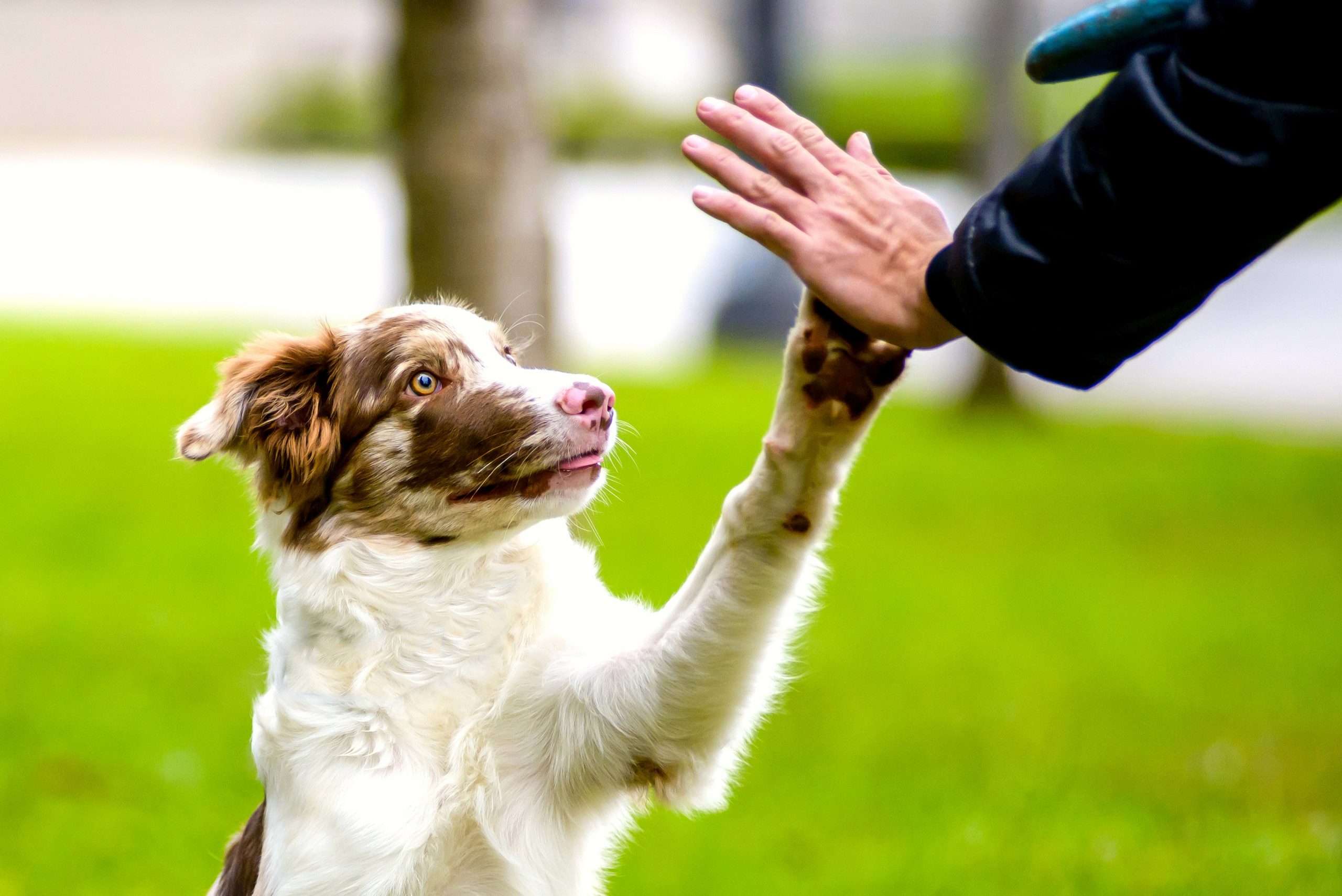
For more detailed advice about Ben Randall’s positive, reward-based and proven BG training methods, one-to-one training sessions, residential training or five-star dog-boarding at his BGHQ in Herefordshire, telephone 01531 670960 or visit www.ledburylodgekennels.co.uk
For a free seven-day trial of the Gundog app, which costs £24.99 a month or £249.99 a year, visit www.gundog.app/trial

Ben Randall: Ask Country Life's canine agony uncle a question about your dog
Over the past two years our award-winning dog trainer Ben Randall has been sharing his advice with Country Life readers.

How to stop your dog from barking on a walk: Five tips from top dog-trainer Ben Randall
While out on a walk, it’s not always easy to stop your dog from barking at people — and if

The champion dog trainer with a game-changing method who can teach any dog new tricks
Award-winning dog trainer Ben Randall — who looks after the dogs for everyone from David Beckham to Gordon Ramsay — happened
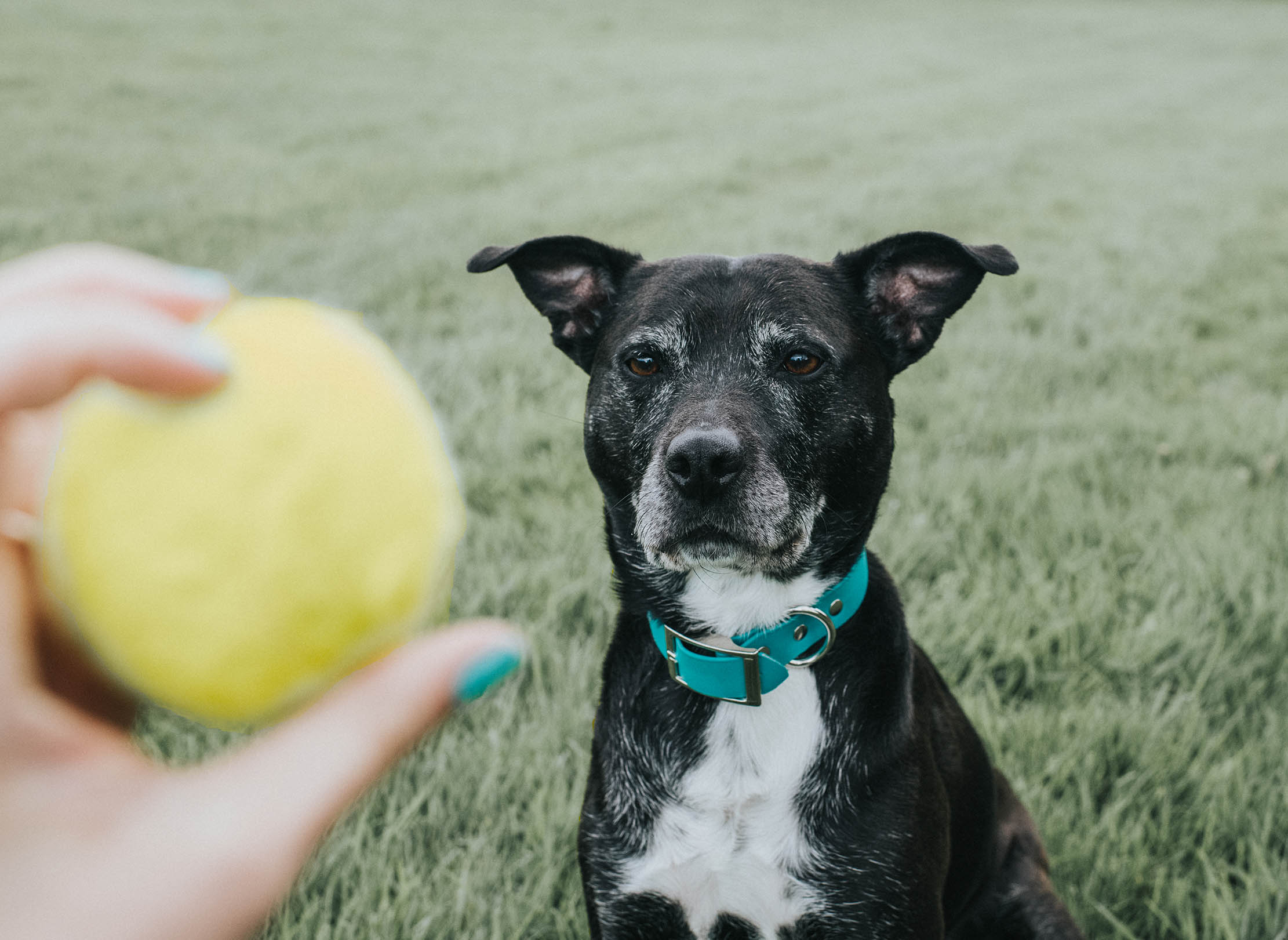
How to get your dog to play fetch, by expert trainer Ben Randall
There are plenty of dogs who'll run all day playing fetch, or who'll do anything for a bit of kibble.
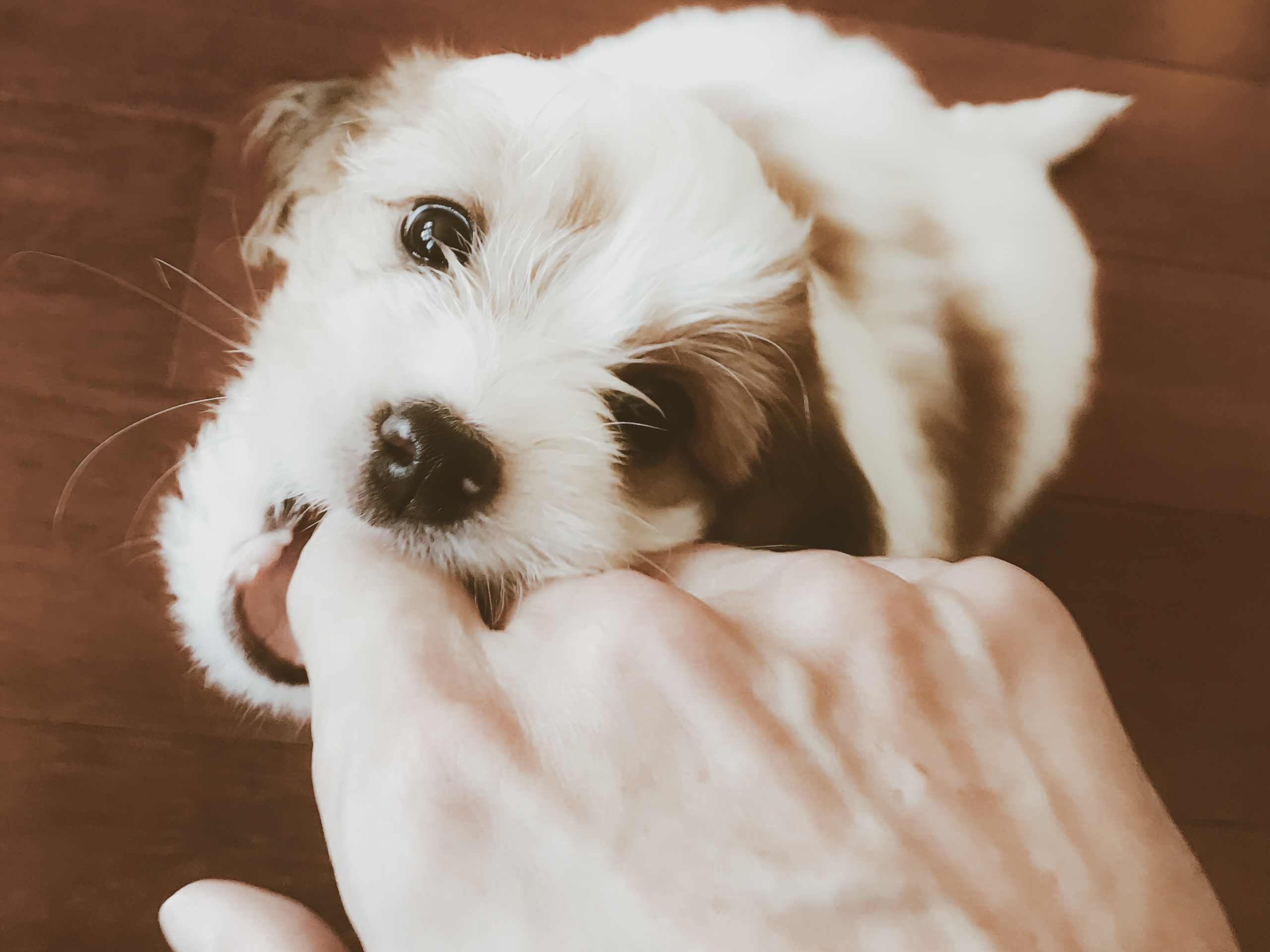
What to do if your puppy keeps biting you, by expert trainer Ben Randall
Getting a new puppy is a joy — most of the time. But it's not always easy, especially if your new
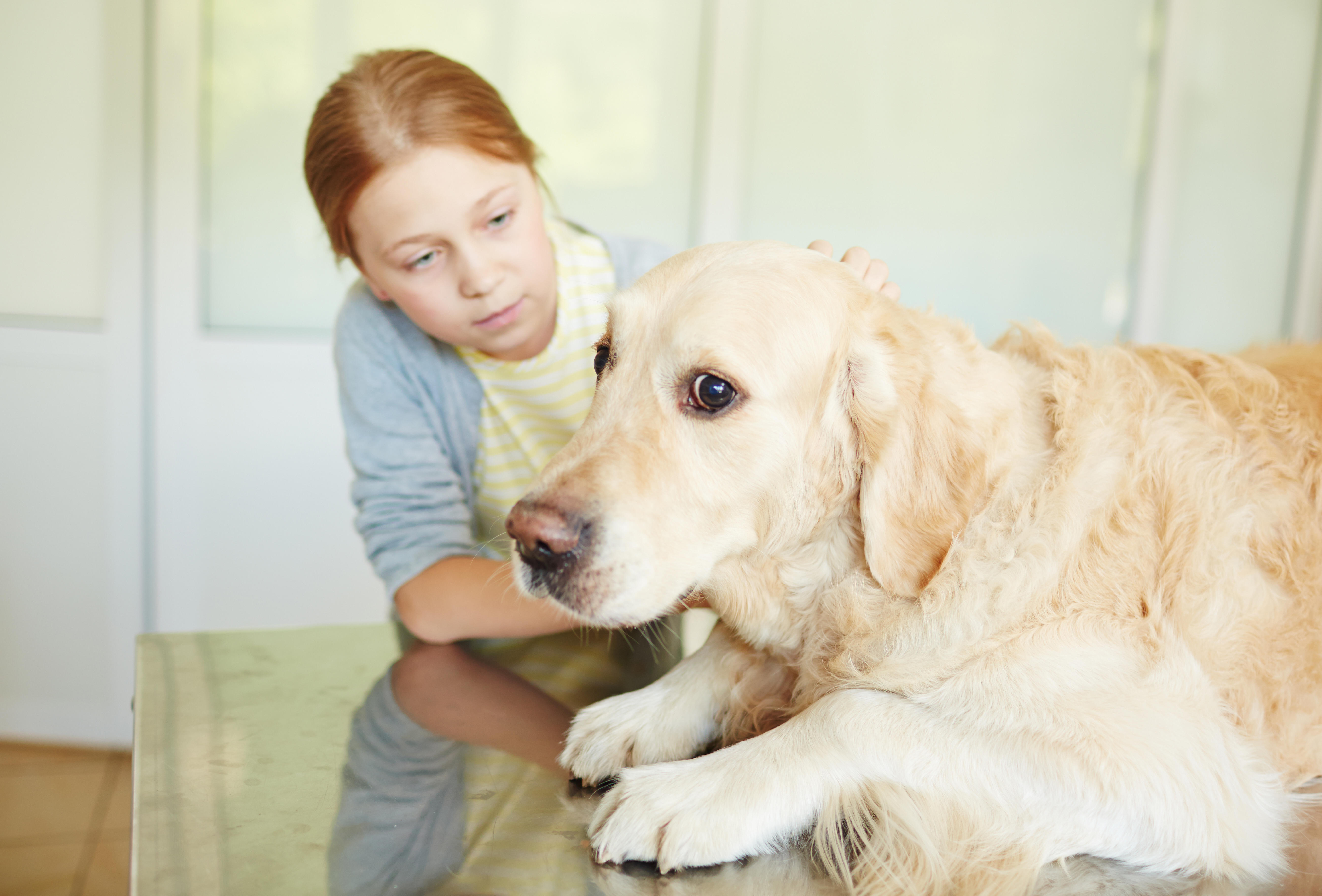
How to keep your dog calm going to the vet, by award-winning trainer Ben Randall
Some dogs seem to have a sixth sense about going to the vet, so what hope is there of getting
